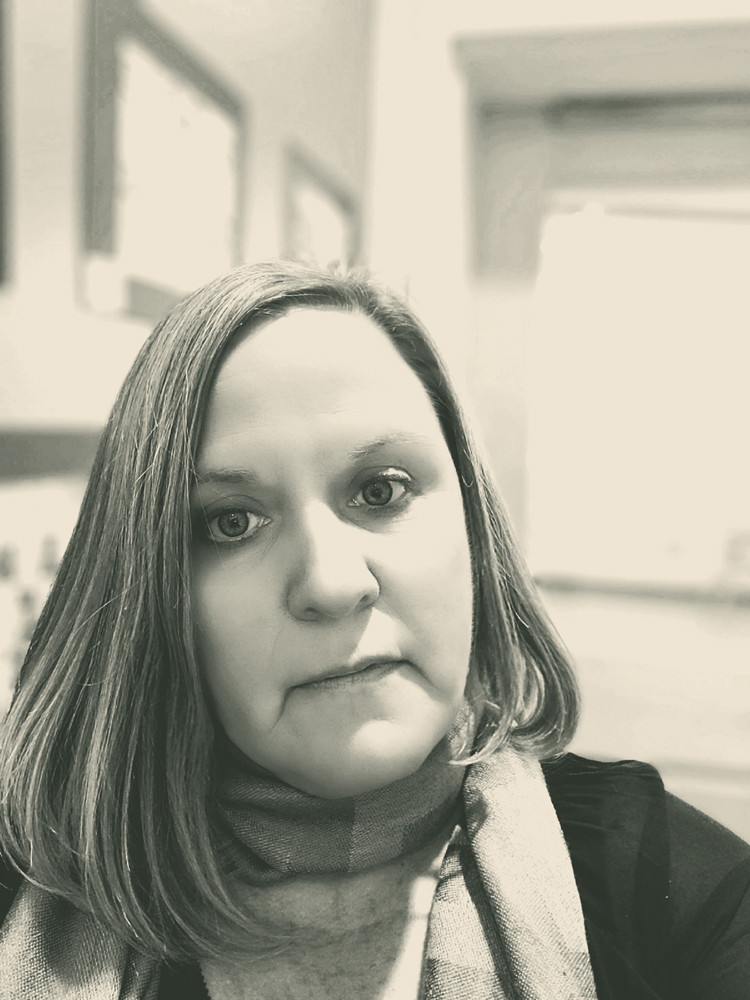‘Education Is Meant to Be Active’
Alum News

Published July 7, 2021
We have a vaccine, and light shines at the end of the tunnel. Reimagining education must be our next task.
I remember the darkness of everyone’s mood when we switched to virtual school last spring. Normally, middle school hallways explode with energy: high-fives, hugs, pats on the back, running, laughing. When the pandemic struck and schools closed, this electric environment switched to one of silence and screens. Not only did I feel my own loss and pain, but I witnessed the pain of children on a daily basis.
Luckily, teachers already had a vast array of online tools at their disposal. We learned quickly to utilize them in different ways. A lack of in-person connection, however, dragged us down. Students became less engaged. Some turned off their screens and became “invisible.” Many were unwilling to speak, even in Zoom’s small-group breakout rooms. Others were distracted by videos and games. Education is meant to be active—a collaborative back and forth between teacher and student. I learned this at Smith. Yet we were deep in the black abyss of Zoom, which made these key components of a quality education virtually impossible. Learning, I feared, was being dismantled right in front of me.
Pre-pandemic, many suggested that education was moving toward an online model. Now, we realize virtual school fails to meet most children’s needs. Growth and learning require connection, exploration and inquiry. Layers of classroom experiences build upon one another to create understanding. During virtual school, students are primarily passive actors in their education. Even with sophisticated technology, students become disengaged. As a result, they are unmotivated and struggle to find meaning in their courses. Without the in-person connections, education becomes more like checking a box than true engagement.
Preparing students to solve complex problems like those we faced during the pandemic ought to be our primary focus moving forward. We must encourage students to think, question and wonder. Offering opportunities for creativity, problem solving and collaboration at every grade level is crucial. Incorporating interdisciplinary and project-based learning experiences will build skill sets and make learning meaningful. Funding schools to offer smaller class sizes and the latest technology will provide teachers with a better capability to guide students’ learning. Reimagining education will be challenging and costly, but a future where students are inspired, engaged and ready to tackle the world’s challenges will be a worthwhile reward.

Jennifer Smith ’91 is the author of Pandemic Teaching: Reflections From the Playground (Kindle Direct Publishing, December 2020) and The Playground blog. She serves as a consultant and teaches middle school in Maryland.
This story appears in the Summer 2021 issue of the Smith Alumnae Quarterly.
Read More Smart Ideas for a Post-Pandemic World
Gender Gap: Carrie Baker, ‘The Economic Impact of the COVID-19 Pandemic on Women’
Educational Inequality: Janelle Bradshaw ’00, ‘Make Equity Your Guiding Principle From Day One’
Pandemic Response: Angela L. Rasmussen ’00, ‘We Must Approach Preparedness Collaboratively’
Illustration by Maria Hergueta
